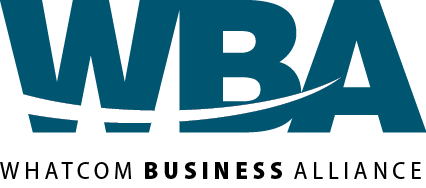10 positive behaviors for Lean Leadership
 Randall Benson | Lean Operations
Randall Benson | Lean Operations
So how do we lead a Lean transformation?” I was recently asked this question by the owners of a small manufacturing company, so I came up with 10 behaviors that could help them get started as leaders in Lean.
How many of these behaviors do you embody?
- Lead a journey. As I discovered while writing my book, “The Quest Effect,” Lean leaders became most successful when they treated Lean as a journey through uncharted territory. When they do, discoveries emerge and breakthroughs occur. A journey approach activates employees’ imagination and creative juices.
- Avoid both autocratic and laissez-faire styles. Lean leaders are neither command-and-control nor hands-off leaders. It’s neither “Do it my way,” nor “Do it your way,” but always, “Let’s figure this out together.” Be crystal clear about the Lean destination, and then hold employees accountable in finding the best path to that goal together.
- Become conversant in lean. Approach Lean as a means of systematic thinking throughout your organization, not simply a cost-cutting method or a bag of technical tools. Emphasize the importance of an uninterrupted flow of value. Talk about improving the flow by involving everyone in eliminating all forms of waste. Understand such Lean principles as shortening flow, pull systems, eliminating waste, and visual control.
- Show deep respect for people. Recognize that employees should not become slaves to the process. Instead you need them to participate in creating the process. Acknowledge each person’s deep understanding of the process and expect that each employee can solve problems that improve his or her job.
- Talk process, not financial numbers. The financial benefits of Lean can be astounding, yet Lean leaders know that those benefits are the result of Lean process. So, talk about Lean process, not making the numbers. Over-emphasizing financial goals will make you look like (a.) you don’t really understand Lean principles, or (b.) that you’re not committed to Lean in the long run.
- Demonstrate that seeing problems is important. Show interest in causality — ask people why they think a problem has happened. Go with employees to the workplace space to see the problem first-hand. Respect the knowledge of the front liners who encountered the problem. Demonstrate that seeing the actual problem is superior, in your mind, to analyzing data on a computer.
- Treat having no problems as a problem. Assume that not everything will go according to plan, and problems will occur. If there are no problems, that is in itself usually a problem. It likely means that problems are hidden. Lean leaders support exposing problems and dealing forthrightly with them, without blame.
- Adopt an experimental mindset. Experimentation is the engine of improvement. Ask everyone to take an experimental approach to problem solving. Reject solutions that are not evidence-based. Insist on the use of Plan-Do-Check-Act (PDCA) Cycles for experiments. Memorialize successful experiments with standard practices.
- Model Lean practices. Some leaders mistakenly think that while Lean is for the front line, it’s not for the executive suite. The front line will see this attitude as hypocritical or apathetic. Find ways to apply Lean principles to the work of executives. Use Lean 5S* techniques to clean, clear, and organize offices. Put visual management devices in executive areas. Find waste and eliminate it. People will follow you when you walk your talk. [*Note: 5S methodology is based on five Japanese words, all starting with S, that translate to sort, set in order, shine, standardize, and sustain.)
- Lead with humility. It’s worth recognizing that you and your employees are all on the Lean journey together. Adopt a beginner’s mindset. Respect deep knowledge on the front line. Lead by asking questions rather than giving direction. Become a co-learner and co-creator.
This is my list. You’ll find many other lists of Lean leadership qualities and I encourage you to check them out on the Internet. If you have suggestions, I would love to hear them. Please reply to the Business Pulse or send me a message at rbenson@bensonconsulting.com.
Happy Lean Trails!
